|
|
 |
A brief overview of proceedings can be found here
The Occultation Section of the Royal Astronomical Society of New Zealand (RASNZ) is pleased to announce that the Ninth Trans-Tasman Symposium on Occultations (TTSO9) will be held at Lake Tekapo, New Zealand, over Monday May 11 and Tuesday May 12, 2015.
We are going to provide a live stream of the conference to the internet using MeetCheap, Use the following link to join the MeetCheap room;
http://login.meetcheap.com/conference,60602806
The following link is to an Excel spreadsheet with the current Schedule of topics and papers.The Occultation Section of the Guests using this will be able to see the presentations, hear the presenter and ask questions (via the MeetCheap room's moderator - Murray Forbes) using the txt/chat facility (but not the audio or video, as they will be turned off for this).
The meeting will immediately follow two other scientific meetings in the same location - the 2015 Conference of the Royal Astronomical Society of New Zealand, and the Mt John University Observatory 50th Anniversary Symposium celebrating the establishment of New Zealand’s largest professional observatory which is operated by the University of Canterbury. All three meetings will together make for almost a full week of scientific astronomy activities.
The TTSO9 meeting will draw occultation observers and interested others from throughout Australia and New Zealand. Visitors from Europe, Asia and the U.S. are also welcome. The meeting will cover two full days and will include developments in occultation software and hardware, software tutorials, observing and reduction techniques, recent results, and planning for future events including the 2015 June 29 occultation by Pluto visible from Australasia. The Australasian region is a centre of development for innovative occultation software and hardware, and all the major developers in the field are expected to attend.
 |
 with Lake Tekapo and the Southern Alps 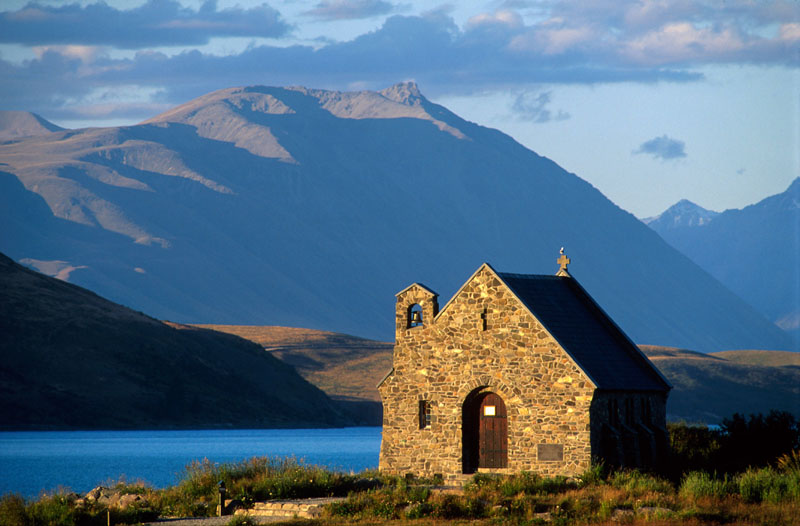  MOA Telescope at Dusk 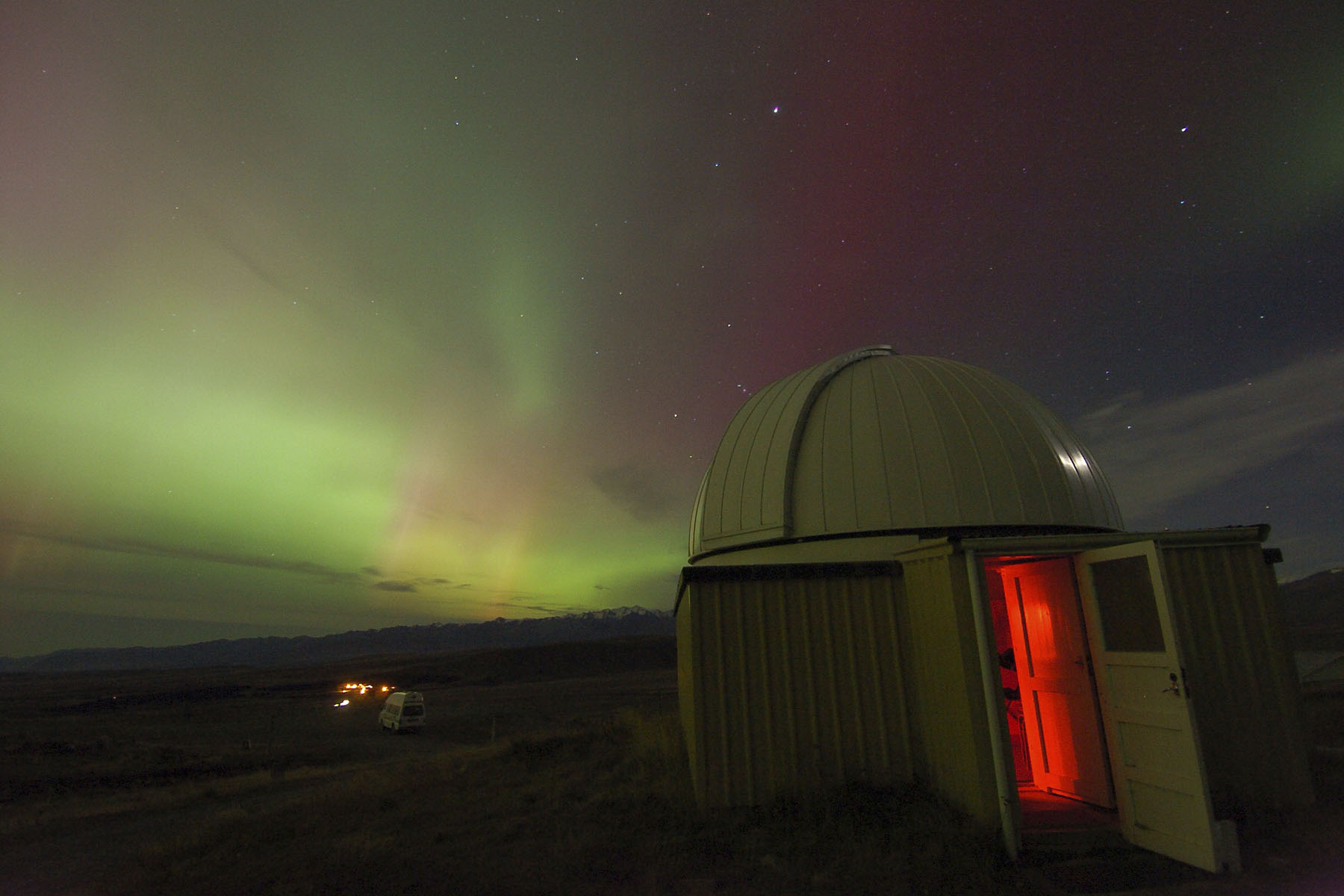 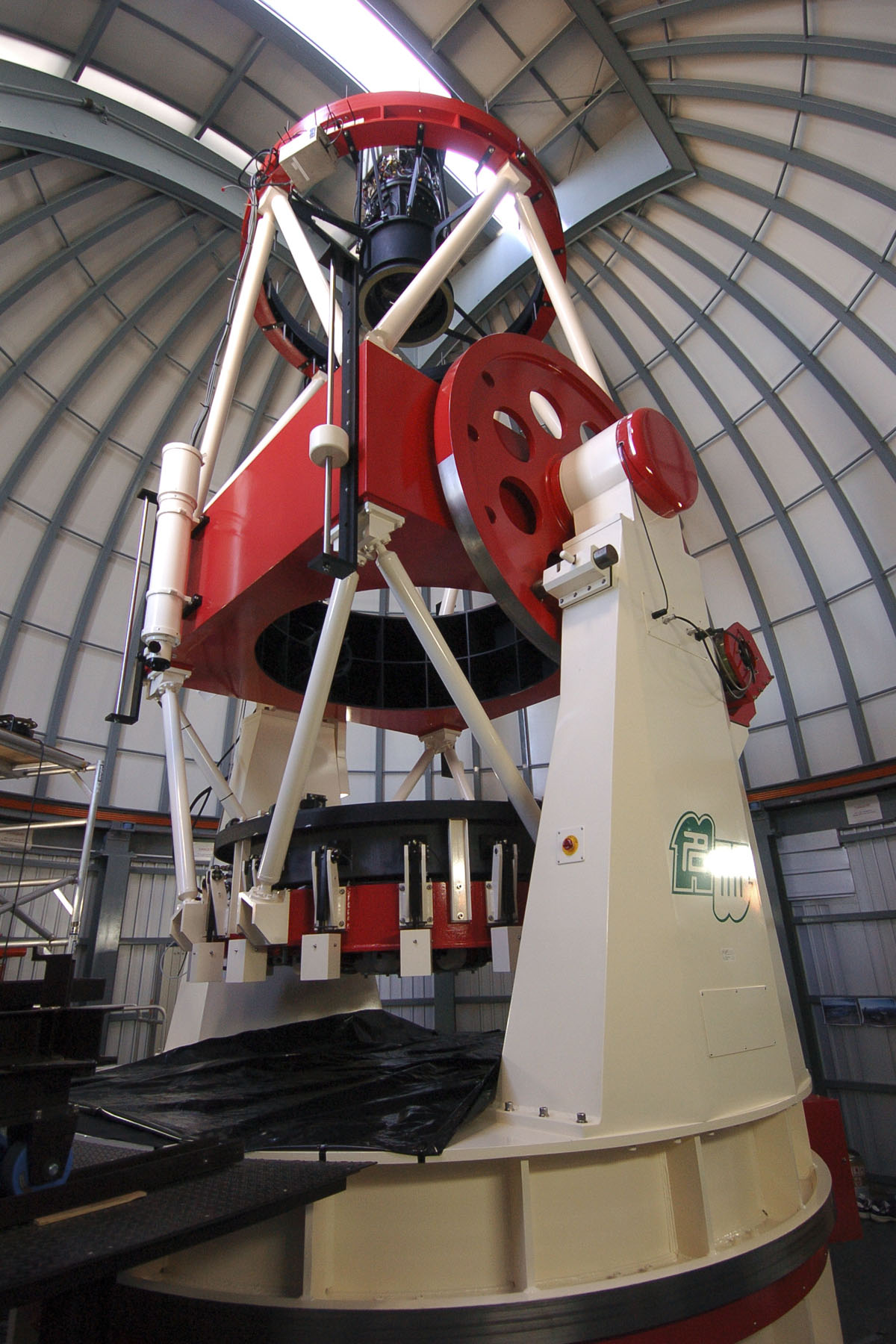 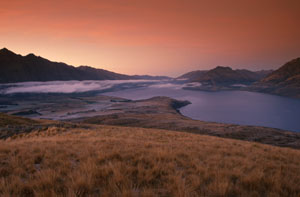 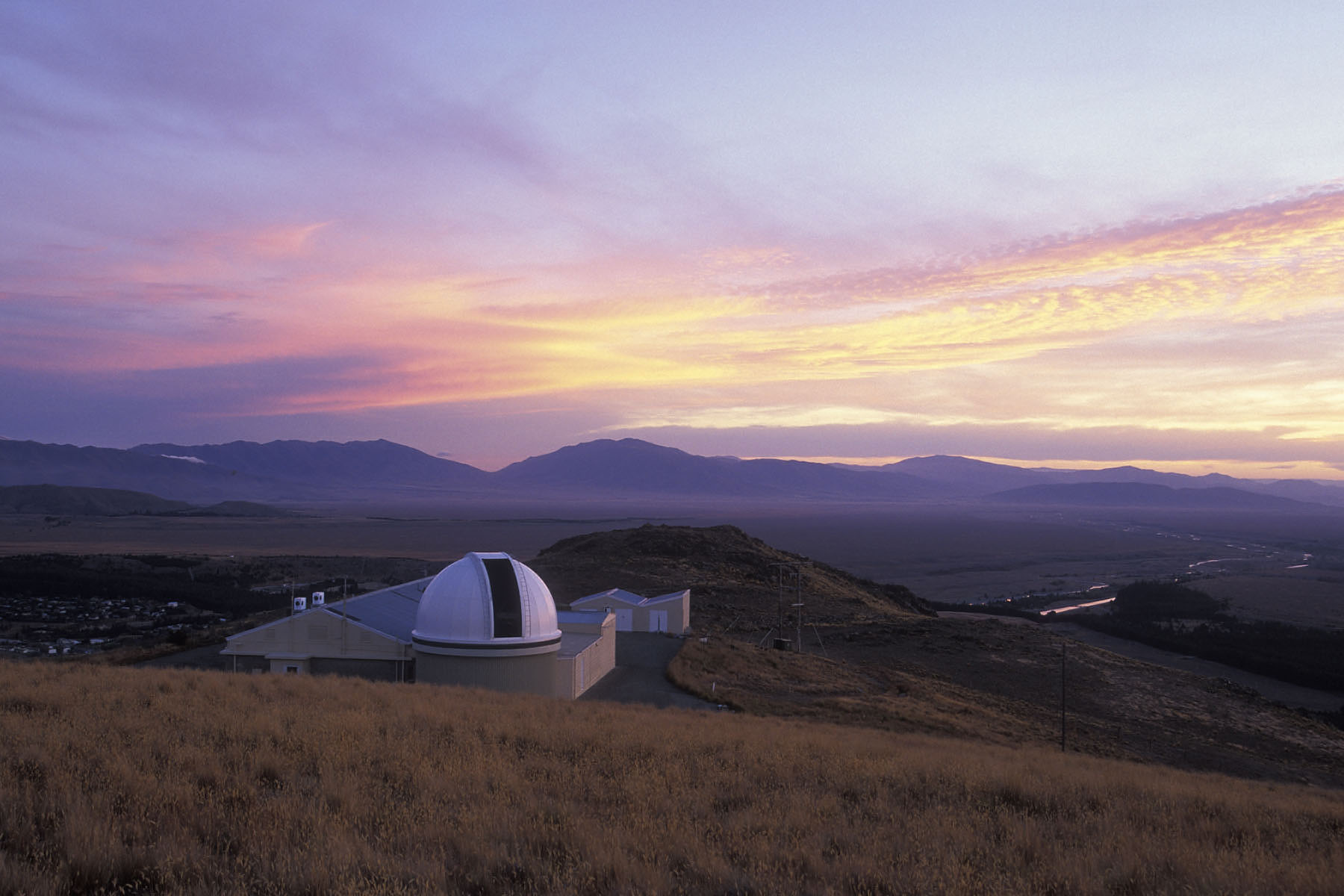 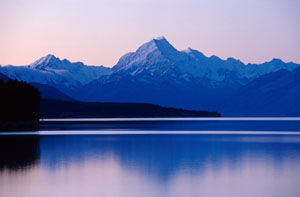 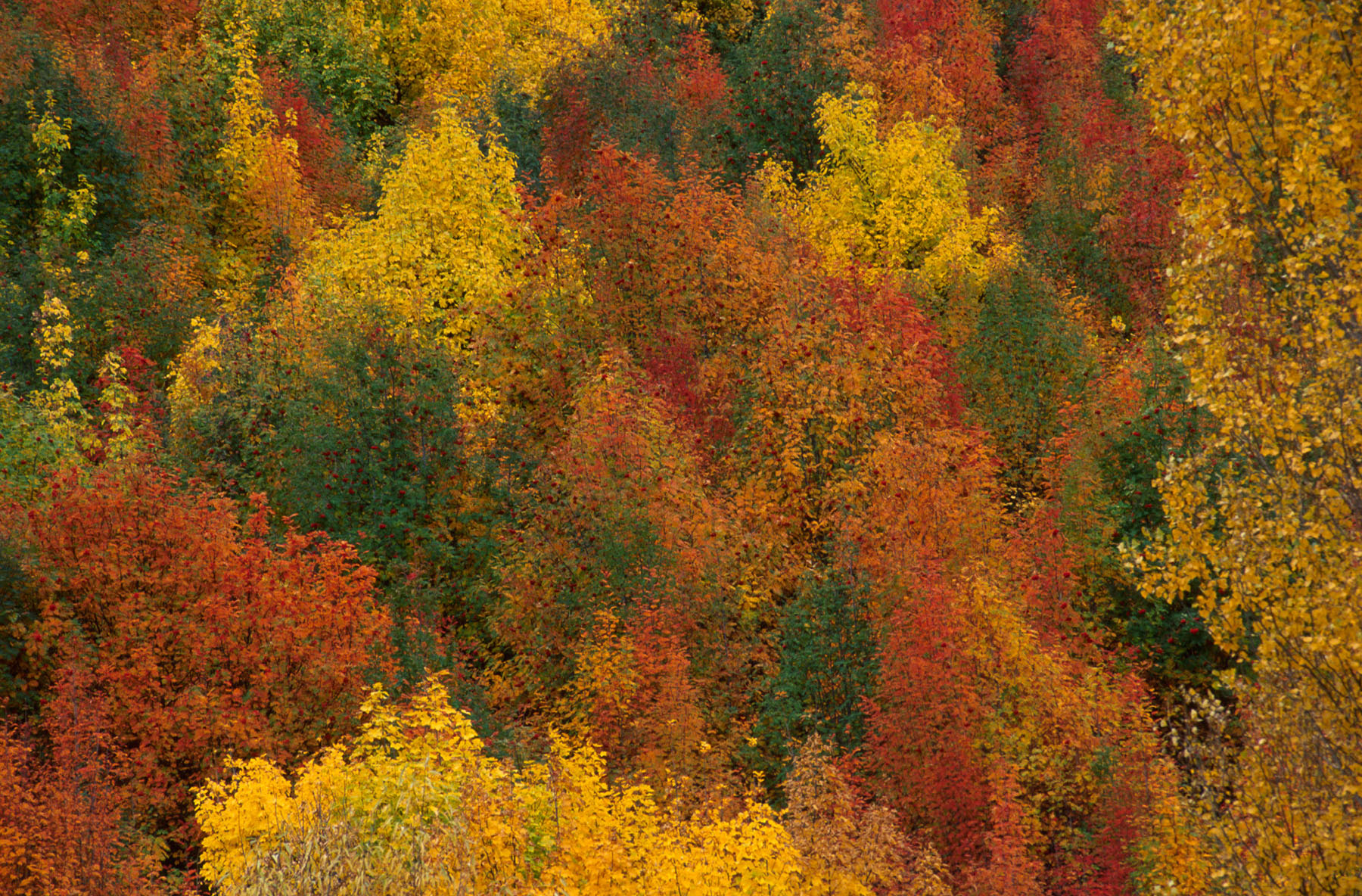 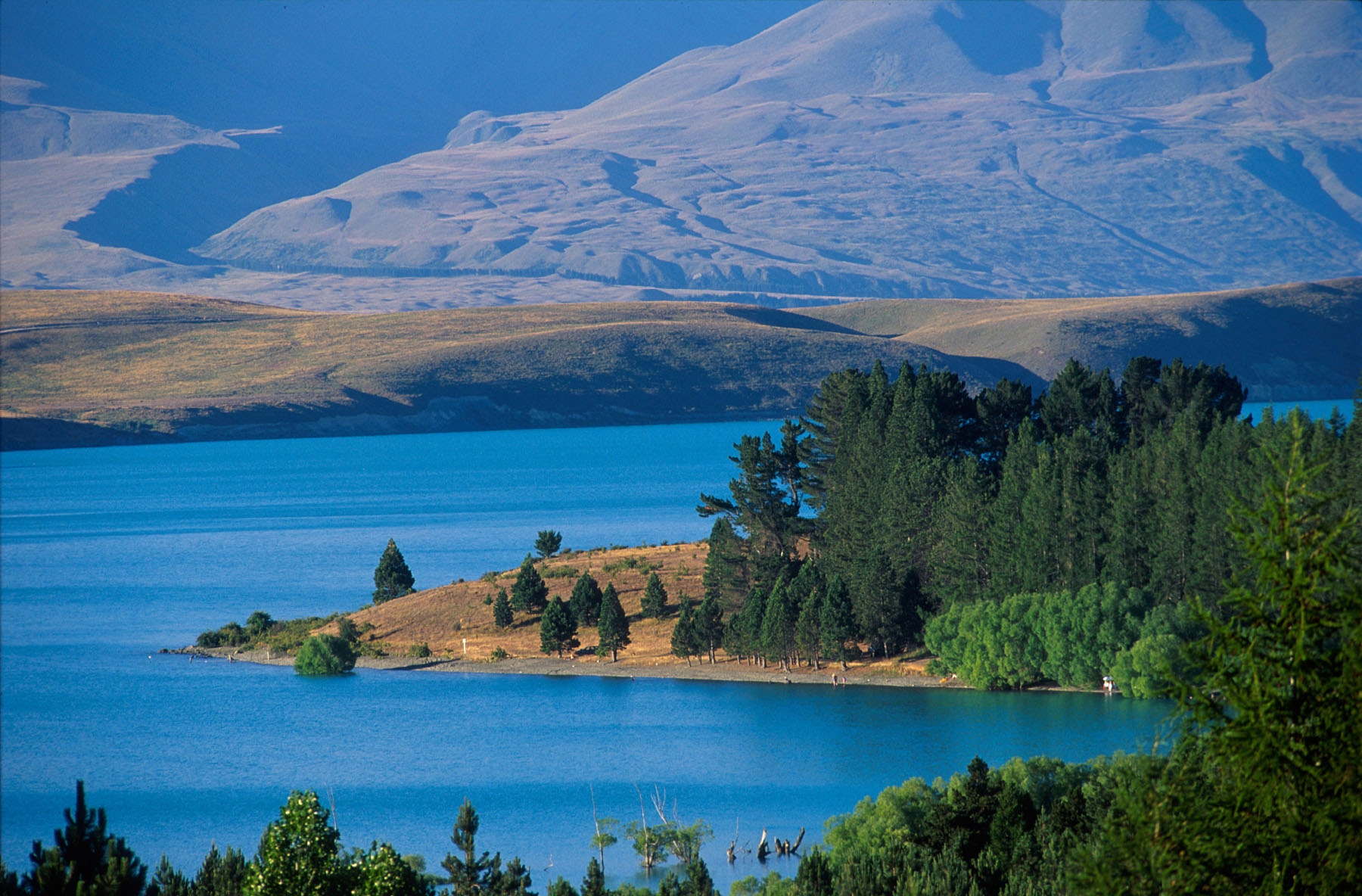 |
PresentationsExpressions of interest to provide presentations at the TTSO9 meeting are now being sought. Presentations can include both full talks and poster papers. Please send your expression of interest, including a title, brief abstract and requested duration in the case of oral presentations, to TTSO9@occultations.org.nz. At the meeting digital copies of all presentations will be required in a form suitable for inclusion on the Symposium CD. If you are coming for the TTSO9 meeting we strongly recommend that you enrol for the preceding RASNZ Conference, as that meeting is expected to feature some occultation-related papers which will not appear in the TTSO9 meeting. Visitors are also encouraged to submit their own presentations on any aspect astronomy to the RASNZ Conference. Location and TransportLake Tekapo is situated about three hours drive southwest of Christchurch on the Southern Scenic Route, in the region known as the Mackenzie Country. This is an inland basin bounded on two sides by New Zealand’s Southern Alps. The region has its own very dry micro-climate which makes for good weather and very clear skies. In June 2012 over 4,300 square kilometers of the region was designated the Aoraki/Mt Cook International Dark Sky Reserve – the largest such reserve in the world. To get to Lake Tekapo international visitors may fly directly into Christchurch and either hire a car, or take scheduled public transport to Lake Tekapo village. Note that there are no scheduled air services to Lake Tekapo. The nearest commercial airport is at Timaru, almost one and a half hours’ drive away.
AccommodationTekapo is a relatively small village with very limited accommodation, and with three scientific meetings occurring over a week attendees are advised to book early. The venue for TTSO9 is the Godley Hotel who have offered a rate of $110/night for attendees who quote the 2015 Symposium at the time of booking. Ten rooms have been put aside for TTSO9 attendees. Other accommodation options range from Peppers Bluewater Resort, to Bed & Breakfasts, Tekapo Holiday Homes and Cottages, and the local YHA and Backpackers. Holiday homes can be good value if a group wishes to stay together. Google “Accommodation Lake Tekapo” for more options. Note also that it is helpful to read the online reviews from Booking.com, Wotif, Trivago and other sites before booking. If you are unable to find accommodation in Lake Tekapo, the nearest other towns are Burkes Pass (much smaller than Tekapo) 33km to the east, Fairlie 43km to the east, Twizel 57km to the southwest and Mt Cook Village (104 km) to the northwest. Twizel is likely to have the most available accommodation. The nearest city is Timaru 106 km (1 hr 20m) to the east. 2015 RASNZ ConferenceThe RASNZ Conference will take place from the evening of Friday 8 May to Sunday 10 May 2015. Note that the venue is the Tekapo Community Centre (not the Godley Hotel), which is a short walk from Tekapo village. Papers and talks on a variety of topics will be given by astronomers from throughout New Zealand and Australia. Feature speaker will be Prof. Gerry Gilmore, FInstP, ScD, FRS, New Zealand born astrophysicist and Professor of Experimental Philosophy at the Institute of Astronomy, University of Cambridge, UK. Prof. Gilmore was also the University of Canterbury’s first student to receive a doctorate in astronomy, in 1979. Click here for more information about the RASNZ Conference. Mt John 50th Anniversary SymposiumThe 50th anniversary of the founding of Mt John Observatory will be celebrated with a Symposium to he held from 6pm Wednesday 6 May to 12.30 pm on Friday 8 May. The venue will also be the Tekapo Community Hall. A large number of former staff and students are expected to attend. Click here for more information about the Mt John Symposium. Mt John ObservatoryAll the meetings will include opportunities to visit Mt John Observatory. Mt John is a small mountain situated in the otherwise flat Mackenzie Country plain. It is possibly the best astronomical site in New Zealand and is home to a number of telescopes operated by the University of Canterbury’s Department of Physics & Astronomy, and its collaborators. Telescopes at Mt John include the 1.8 metre telescope used by the MOA (Microlensing Observations in Astrophysics) programme operated in conjunction with Nagoya University. This is the largest telescope in the world fully dedicated to the discovery of exoplanets using microlensing techniques. The Observatory is also home to the 1.0m McLellan telescope and two 0.61m telescopes. At its latitude of 45 degrees south the galactic centre passes directly overhead, offering views of the richest regions of the Milky Way that are denied to northern hemisphere observers. Similarly, the south celestial pole is high in the sky, allowing year-round studies of the Magellanic Clouds and other objects which are never or only poorly seen from northern latitudes. From the Astro Café at the top of Mt John a stunning 360 degree vista can be seen over the entire Mackenzie basin, with the snow-capped Southern Alps to the west and south. Tourism OpportunitiesThe Mackenzie Country is considered the gateway to New Zealand’s most beautiful and dramatic landscapes. Late April and early May are autumn in New Zealand, a time when the trees change colour and the photogenic landscape takes on a golden hue. Weather in late April is usually settled and the days are often still warm but the evenings crisp. This is a good time of year to take the family on holiday, although we recommend you do so before the Symposium rather than afterwards. Lake Tekapo is a glacial lake, its blue colour resulting from ground-up glacial rock held in suspension. Immediately to the south lie Lake Pukaki and Lake Ohau. All these lakes, and the lakes further south still such as Lake Benmore, are connected by a series of canals which channel water through a sequence of power stations to provide much of New Zealand’s electricity. Within Tekapo, activities include the Tekapo Springs Hot Pools where you can soak under the stars. Sightseeing flights are available from Tekapo to Mt Cook, and over the other spectacular peaks and glaciers of the Southern Alps. South of Lake Tekapo and at the head of Lake Pukaki is Mt Cook (also known by its Maori name of Aoraki), New Zealand’s tallest peak, with the adjacent Tasman glacier and Hooker glacier. You can drive up to the terminal moraine of the Tasman glacier and listen to the ice crack kilometers up the valley. Trips out onto the glacier lake are also available for those who want to get up close and personal with icebergs that have calved off the end of the glacier. There are also many good walking tracks in the region, and good quality accommodation is available in Mt Cook village at the Hermitage Hotel (which has an excellent planetarium) and local motels. Around Twizel attractions include the man-made Lake Ruataniwha, which is at its most beautiful in late April, and Mt Cook Salmon where salmon are reared in the hydro canals for domestic and export sale. Further south the road crosses over the Lindis Pass into the province of Otago which is home to Lake Wanaka and Lake Wakatipu, and Queenstown, which is acknowledged as the adventure capital of the Southern Hemisphere, with hundreds of activities as diverse as bungy jumping, jetboating, sky-diving, parasailing and back-country safaris. These regions can be used as bases to explore other areas, including the hot and dry wine-growing regions of Central Otago, and the spectacular scenery on the way to and at Milford Sound, one of many drowned glacial valleys that are found in the province of Fiordland. The Fiordland National Park also contains many pristine lakes surrounded by New Zealand native bush, as well as some of the most famous walking tracks in the word, including the Milford Track and the Routeburn Track. For those wanting to see more you can take the road over the Haast Pass to the west coast of the South Island, a spectacular region of Alps, lakes and rainforest which many tourists never get to. The landscapes of the Southern Lakes and Southern Alps also feature prominently in Peter Jackson’s two film trilogies, The Lord of the Rings (LOTR) and The Hobbit, whose final installment will be released in December 2014. For LOTR/Hobbit fans, a number of companies offer tours of some of the films’ best-known locations. For more details of New Zealand’s stunning scenery featured in these movies visit http://www.newzealand.com/int/ New Zealand has much to offer members of both the astronomical and environmental communities, and the organisers of TTSO9 will be delighted to assist visitors from overseas in making the most of their visit here. Useful Links
More New Zealand Landscape Images
|
|
[Site Map] [What's an Occultation?]
[Total Occultations] [Grazing Occultations] [Planetary Occultations] [Jovian Satellite Eclipses]
[Timing Occultations] [Reporting Observations] [Coming Events] [Software]
[About Us] [Publications] [Membership] [Links]
[Top of Page][Return to Home Page]